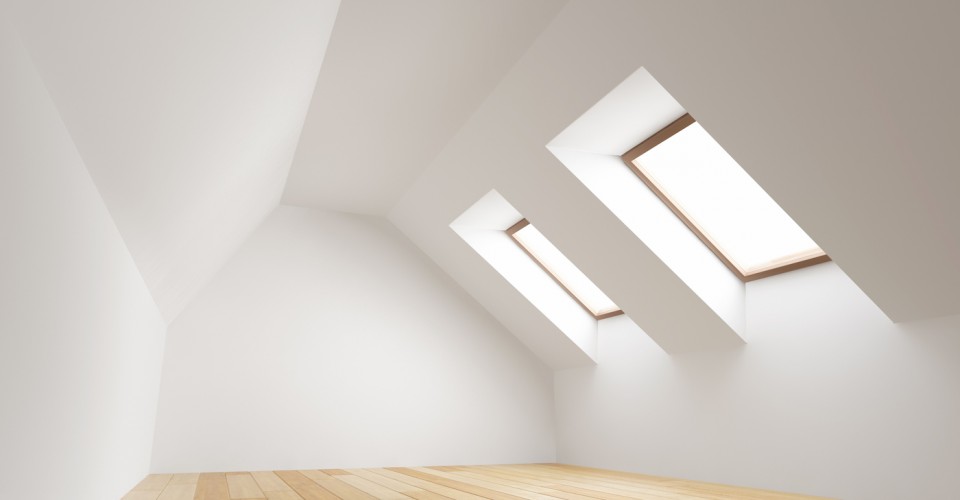Unless you are willing to invest a lot of money (or your landlord is) it’s nearly impossible to make your apartment or room completely soundproof. However, it is possible to add sound absorbing materials and reduce unwanted noise. Let’s start with understanding the basics of sound and noise.
Sound 101
Sound is an audible wave that can travel through air, water and even glass. How our brain perceives this sound can vary. The way we perceive sound can be affected by the frequency of the noise as well as vibration. The loudness of sound is measured in decibels; the higher the decibel reading, the louder the noise. A human breathing measures 10 decibels, the average home is about 50 decibels, and a loud rock concert is about 110 decibels.
Dealing with noisy neighbors or neighborhoods
Living in a multi-family dwelling, like an apartment building, can often be noisier compared to a single-family home in the suburbs. People living in an urban setting generally accept a louder environment – whether that noise is from thin walls, old windows, construction, or street noise. You may not be able to completely remove the noise but there are usually ways to diminish the amount or reduce the decibel level. There are several apps on the market that can measure the decibel level in your home. If the reading is high enough, it might be something to bring up with your landlord, especially if this noise is controllable.
Noisy neighbors? Focus on the source, then see if you need sound blockers or sound absorbers. – Tweet this!
Soundproofing versus sound absorbing
Soundproofing means that there is no noise entering or leaving a space. Sensitive spaces like conference rooms or recording studios may employ soundproofing design to limit the amount of noise entering or leaving a space. If a home has a media room it may have been constructed using specialize insulation or carpet padding to ensure that noise doesn’t escape the space. Completely soundproofing a space might include applying material to the ceiling, walls and flooring but might also include specially designed windows or installing sound blocking materials within the walls.
Unlike blocking noise from entering a space, sound absorbing materials reduce ambient sounds within a room. The next time you’re at a restaurant take a look around – most likely they’ve installed acoustical tiles on the ceiling or hung fabric from the ceiling to help reduce the amount of noise bouncing off of surfaces. Absorbing noise from inside a space involves using sound absorbers like foam, hanging baffles or acoustical tile. If your home has a lot of interior noise (like from noisy roommates or a loud TV), you may want to use sound absorbing materials to reduce noise.
How to soundproof
There are plenty of sites that offer sound reduction materials for residential spaces but if they are too expensive you can use more DIY methods. Decorative fabric can cover some of these industrial materials or you can devise a way to hide the material behind objects. When it comes to soundproofing your space, there are generally two types of materials: sound blockers and sound absorbers. To keep noise from entering your space, look for sound blockers. These products can be applied over doors, windows, and walls or in between cracks where these items meet. Soundproofing materials are measured by how much noise they block (you can read more about the rating system here at Soundproof Cow).
How do I know what I need?
In order to reduce noise in your apartment you’ll first want to determine, as best you can, the source of the noise. Noisy neighbors? Construction site across the street? Loud roommates? Focus on the worst sound offenders and figure out where most of the noise is coming from. This will help you focus on which areas of your home to address.
Blocking noise through windows
Glass is a terrific conductor of light, heat and noise. And this doesn’t always work to your advantage. Just like cold air, noise can easily enter a single pane of glass and amplify noise. Upgrading windows to a triple pane is usually out of the question for apartment dwellers so you can try a couple of DIY applications. At night (when noise might bother you the most) hang the heaviest or thickest drapes you can and consider several layers of fabric. You can also purchase thick pieces of sound blocking materials like this temporary sound blocking quilt. Although not pretty, this can be hung up during noisy periods of time and removed when not needed. Check the seals around the windows for gaps and get those sealed (ask your landlord before applying anything permanent). Sealing gaps will also help with drafts.
Blocking noise through ceiling and walls
If you are tired of the loud footsteps coming from above your head, you’ll have to have a discussion with your landlord or neighbor. Some cities have guidelines regarding how much flooring within an apartment needs to be covered with carpeting or rugs – this is to help reduce noise. The flooring above you might also have squeaking issues, which will have to be fixed either in the flooring above or in the floor joists.
If your walls feel “thin” and you are able to hear your neighbors TV through your walls, you can do a few things. Adding bookshelves and other thick pieces of furniture can help. You can make it even more noise-proof by adding a thick piece of foam like this commercial foam composite between the wall and the piece of furniture. If you have a decent relationship with your neighbors, you might also start a conversation with them about adding more sound absorbing or sound blocking materials to their home, thus ensuring that less noise travels through the walls.
Reducing noise inside your home
If the irritable noise is stemming from inside your home (from other rooms or people) you’ll want to focus on sound absorbing materials like thick cotton, felt, or foam. These materials are designed to be applied directly to walls and ceilings but could also be placed on other furniture items like tall bookcases, room dividers or on doors. Adding decorative fabric on top of the foam can help make it look more attractive.
Remember that sound travels around a room and will tend to bounce off of hard surfaces and be absorbed into soft surfaces. An empty room is more echo-y than a room filled with furniture. You may need to add more upholstered goods like sofas and chairs or soft materials like rugs. You can also get creative with your wall art by hanging colorful, sound absorbing felt (try a company like Filz Felt). White noise can be another way to mitigate outside noises (try a fan or a white noise machine), so can old-fashioned earplugs.




